Midterm 2
1/71
Earn XP
Description and Tags
pg. 208 -->
Name | Mastery | Learn | Test | Matching | Spaced |
|---|
No study sessions yet.
72 Terms
homology
Similarity in traits between different species due to a shared common ancestor.
synapomorphy
A shared, derived character or trait that distinguishes a clade from other organisms, indicating a common ancestor for that clade.
parsimony
a principle that suggests the simplest explanation for a phenomenon is likely the correct one
extremophile
a microorganism, especially an archaean, that lives in conditions of extreme temperature, acidity, alkalinity, or chemical concentration.
Alteration of Generations
Gametophyte → gamete → fusion → sporophyte → spore → gametophyte
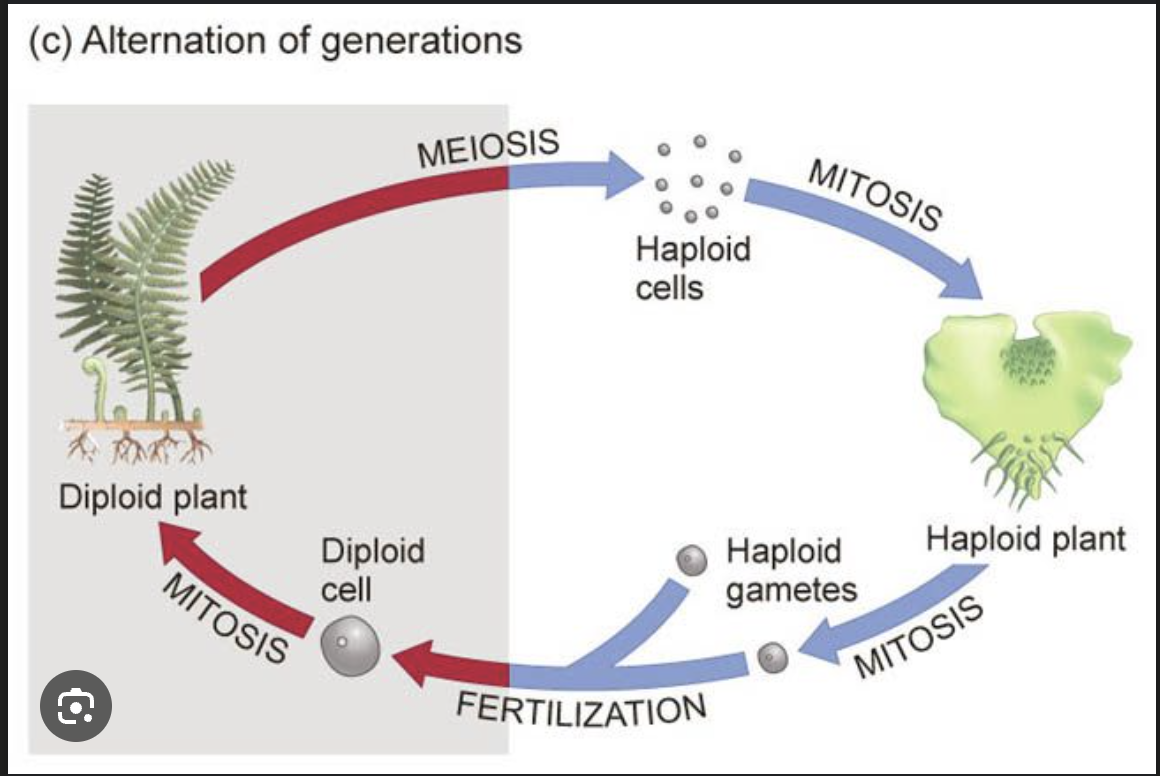
endosymbiotic theory,
proposes that mitochondria and chloroplasts, organelles within eukaryotic cells, were once free-living prokaryotic cells that were engulfed by larger host cells and developed a symbiotic relationship

haploid
having a single set of unpaired chromosomes. (n)
diploid
containing two complete sets of chromosomes, one from each parent. (2n)
sporophyte
a diploid, multicellular spore-producing phase in the life cycle of the plant body which exhibits alternation of generations
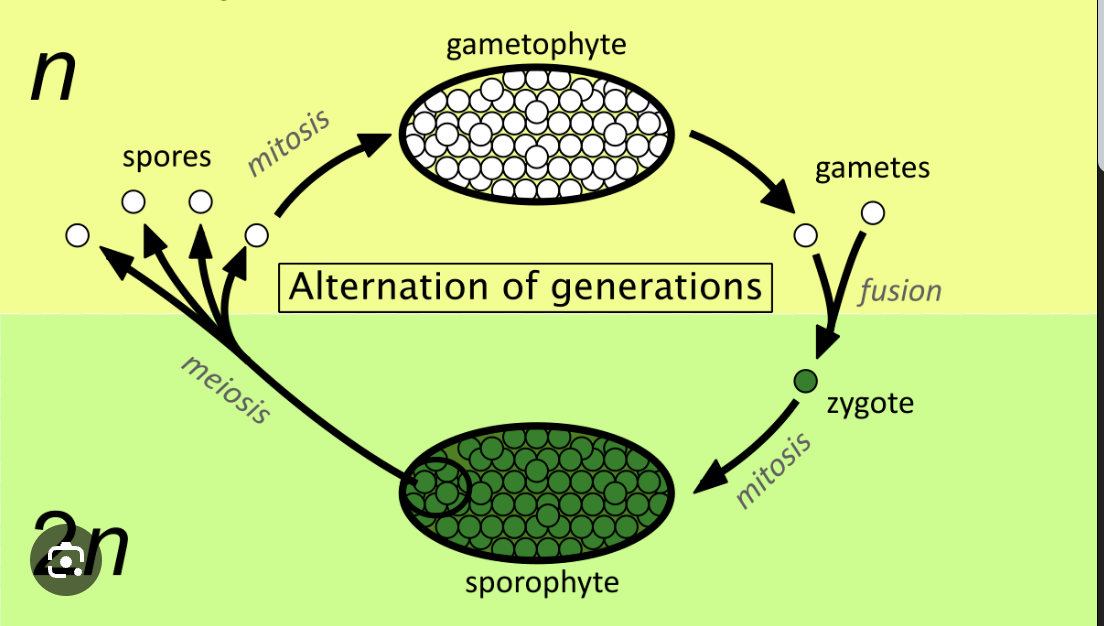
gametophyte
the gamete-producing and usually haploid phase, producing the zygote from which the sporophyte arises. It is the dominant form in bryophytes.
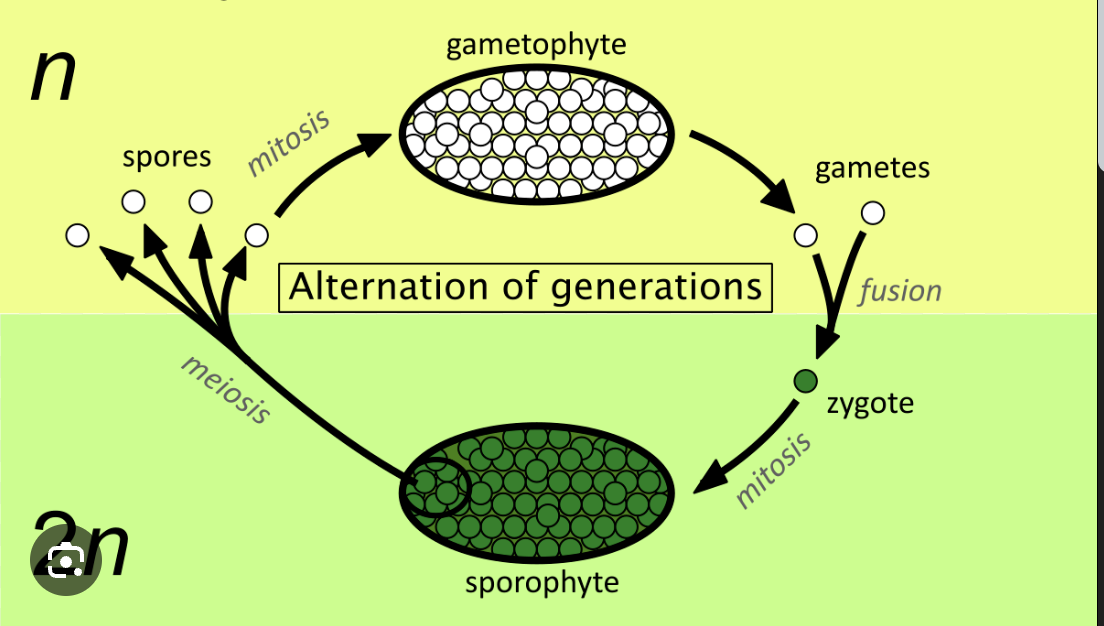
meiosis
a process where a single cell divides twice to produce four cells containing half the original amount of genetic information
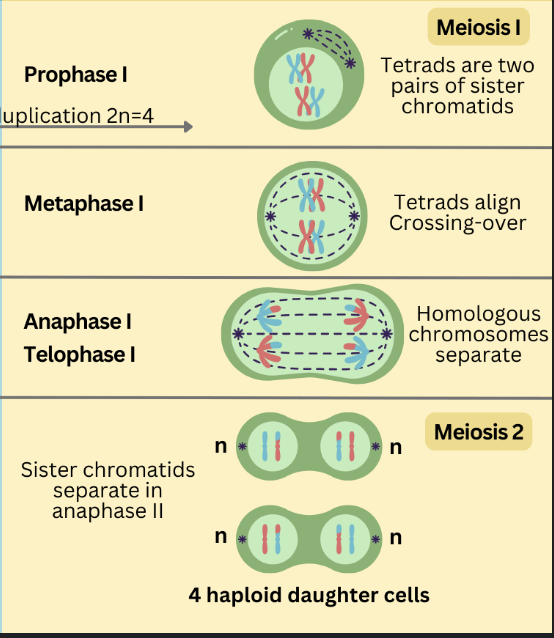
mitosis
the process by which a cell replicates its chromosomes and then segregates them, producing two identical nuclei in preparation for cell division
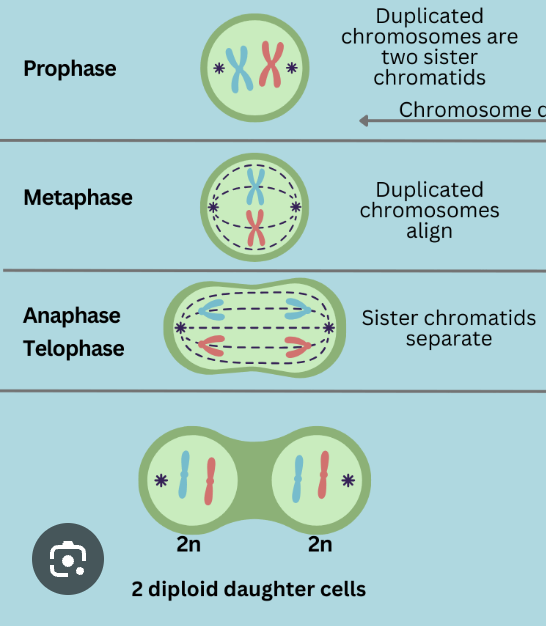
desiccation
the process of drying out or the state of being extremely dry
Phylogonies
analysis of “omics“ data resembles phylogenetic analysis or the study of evolutionary relationships among biological entities
phylogenies and why we study them?
evolutionary hypotheses, testable hypothesis (DNA classification), biodiversity (new species), economics (buying salmon), forensics (crime solving), studying pathogens, cancer
Types of phytogenetic trees
monophyletic, paraphyletic, and polyphyletic
monophyletic group
a group of organisms that share a common ancestor.
(ancestor + all descendants)
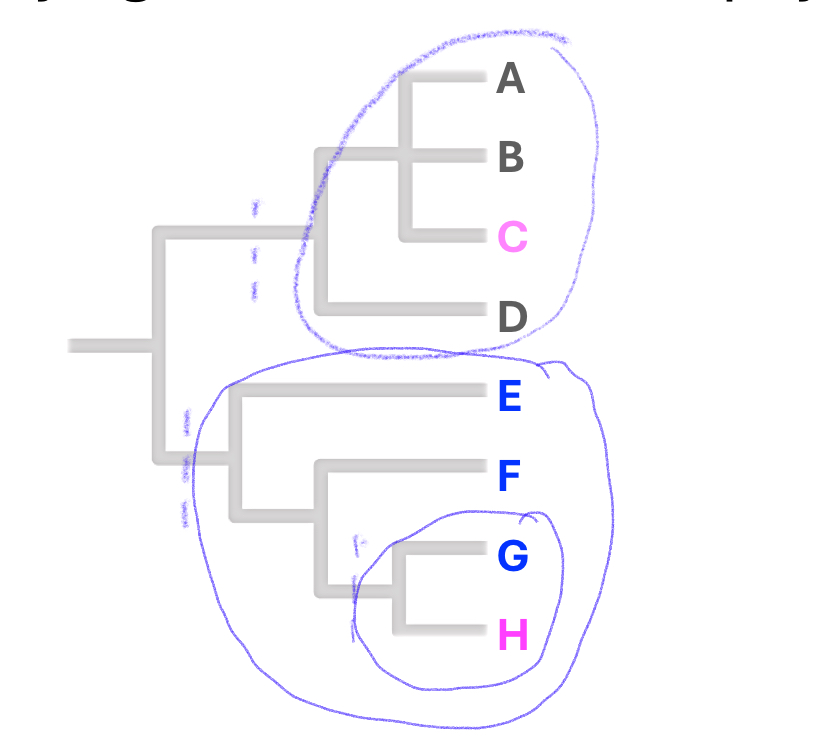
paraphyletic group
Monophyletic group that is missing a member
(ancestor + some but not all descendants.)
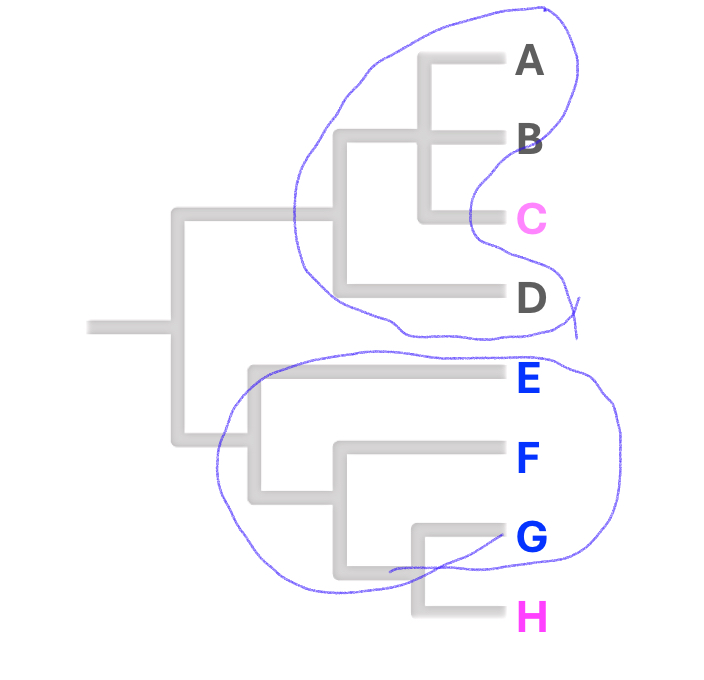
polyohyletic group
Two or more organisms that have a trait in common, but evolved it independently
(does not include the most recent common ancestor)
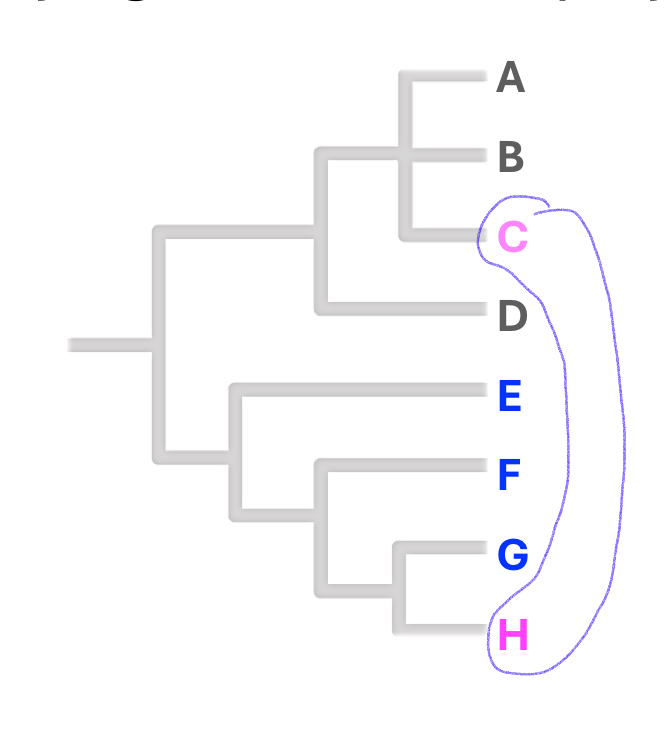
What does each branch mean?
relationships, genetic distance, extinction, and time
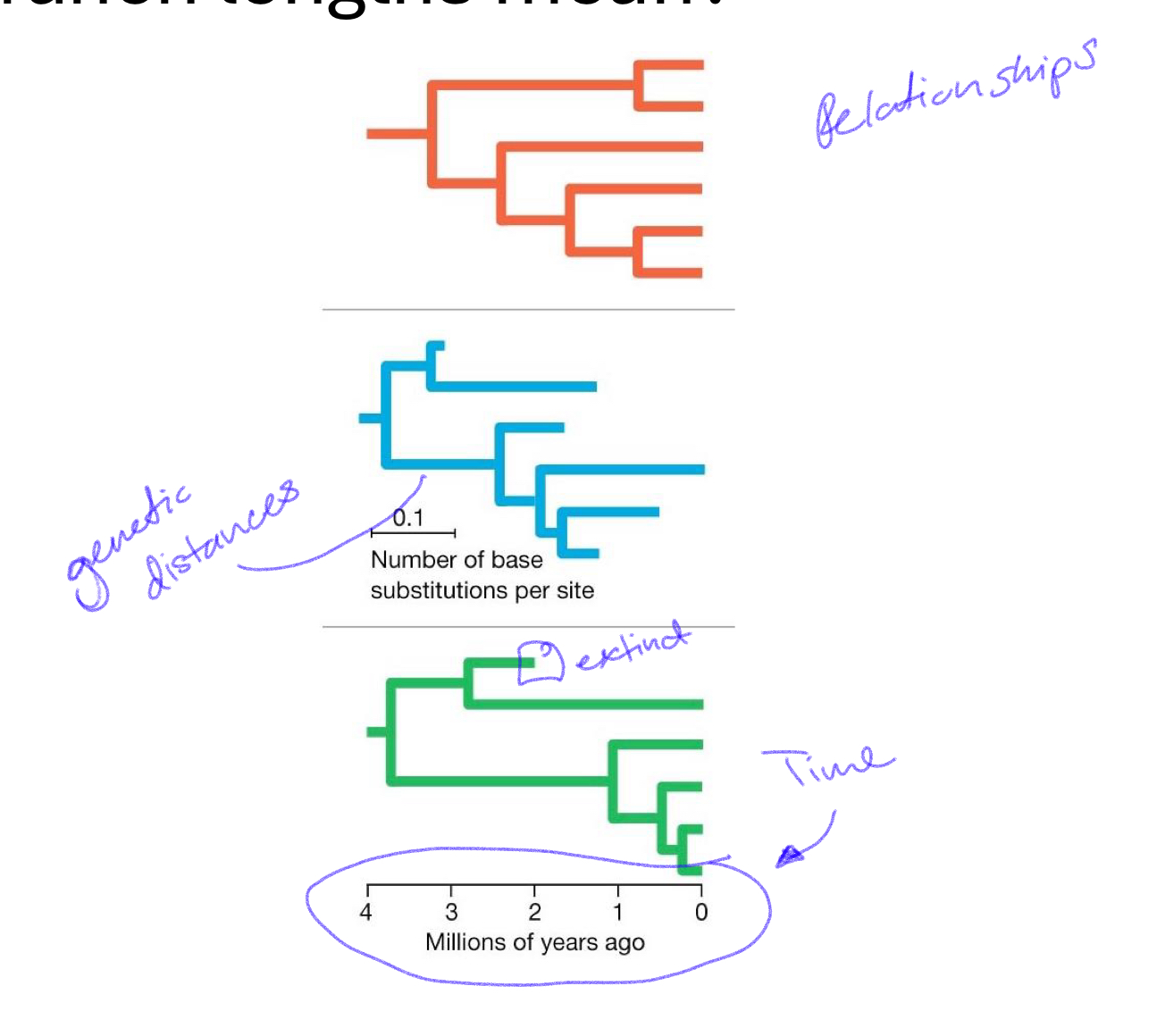
Information on phylogenies?
out groups, divergence, synamorphies, node(most common ancestor)
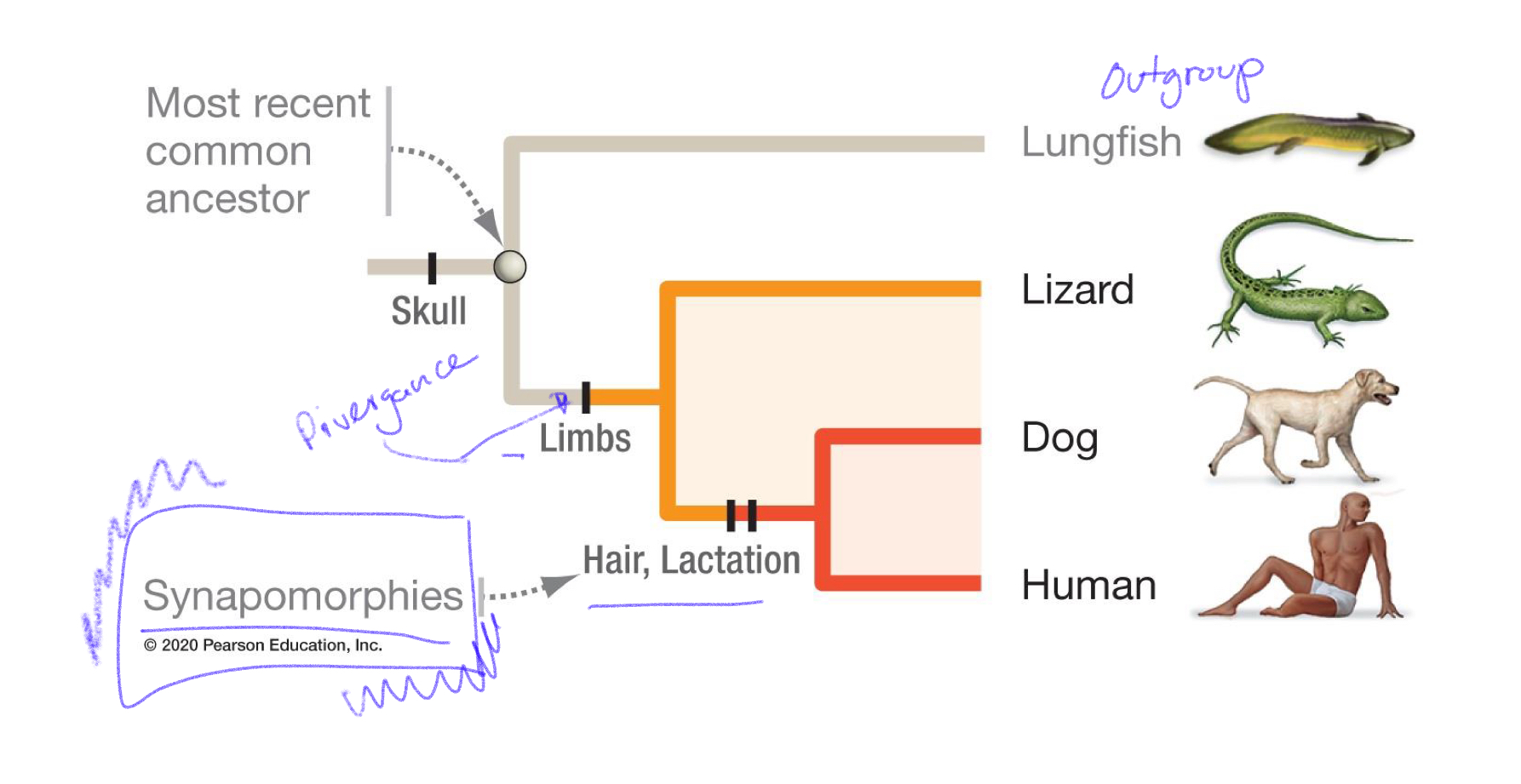
Homologous
body parts of organisms that have the same anatomical features, thus, indicating a common ancestor or developmental origin
Homoplasy
the development of organs within different species, which resemble each other and have the same functions, but DID NOT have a common ancestral origin
independently derived, not homologous
convergent evolution
the process whereby distantly related organisms independently evolve similar traits to adapt to similar necessities.
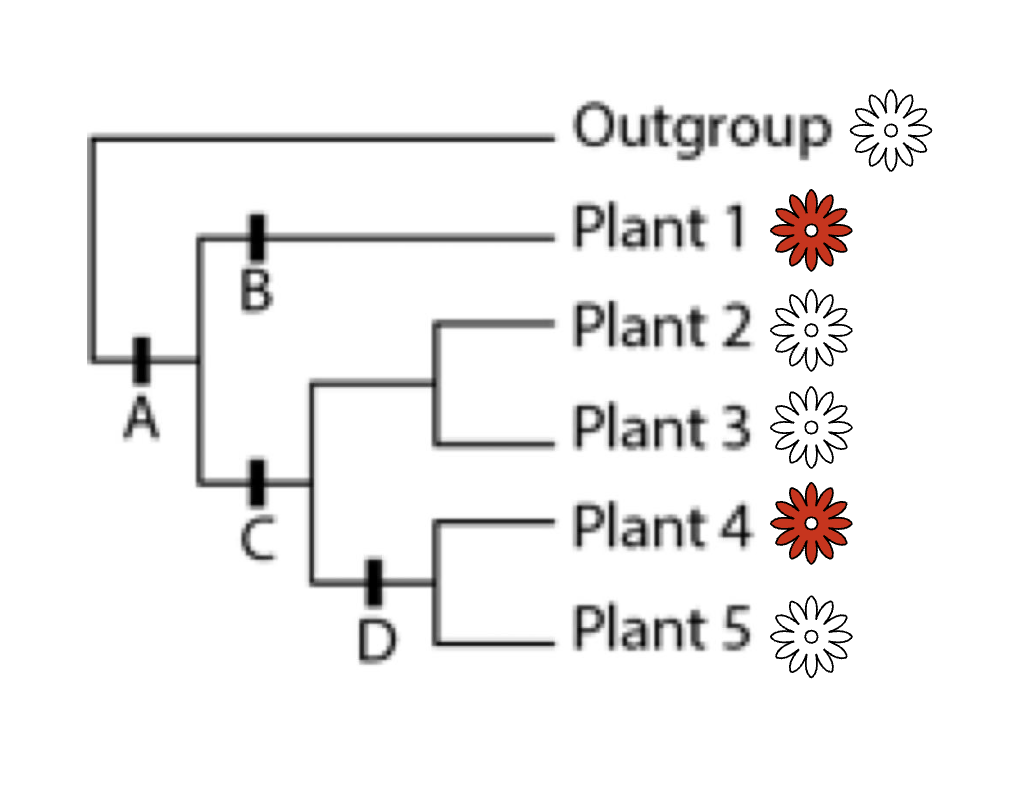
Vestigial Trait
a physical characteristic in an organism that has lost its original function through evolution
(ex, tailbone)
angiosperm (flowering plant)
a plant that has flowers and produces seeds enclosed within a carpel.
Precambrian order
Precambrian
Origin of life
Origin of photosynthesis (&O2 production)
Origin of eukaryotes
Origin of multicellular animals
Phanerozoic Eon —> Proterozoic Eon —> Archaean Eon —> Haden Eon
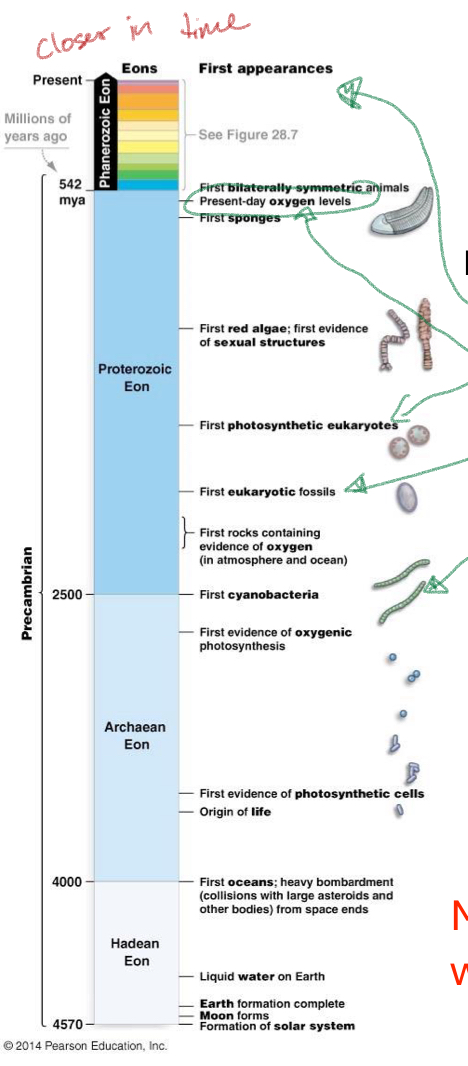
Adaptive Radiation
rapid production of many decedents species from a single lineage (ex. cambrian explosion)
Mass Extinction
A large number of diverse species around the world (60% wiped out) and are caused by catastrophic events (opposite of adaptive radiation)
Background Extinction
The natural, ongoing extinction of species at a relatively low rate, occurring continuously throughout Earth's history
Bacteria and Archaea
two of three largest branches on tree of life
most are unicellular, ALL are PROKARYOTIC
LACK a membrane-bound nucleus
the two differ in the types of molecules that make up their plasma membrane and cell walls
Antibiotics that poison bacterial ribosomes do not affect ribosomes of archaea or eukaryotes
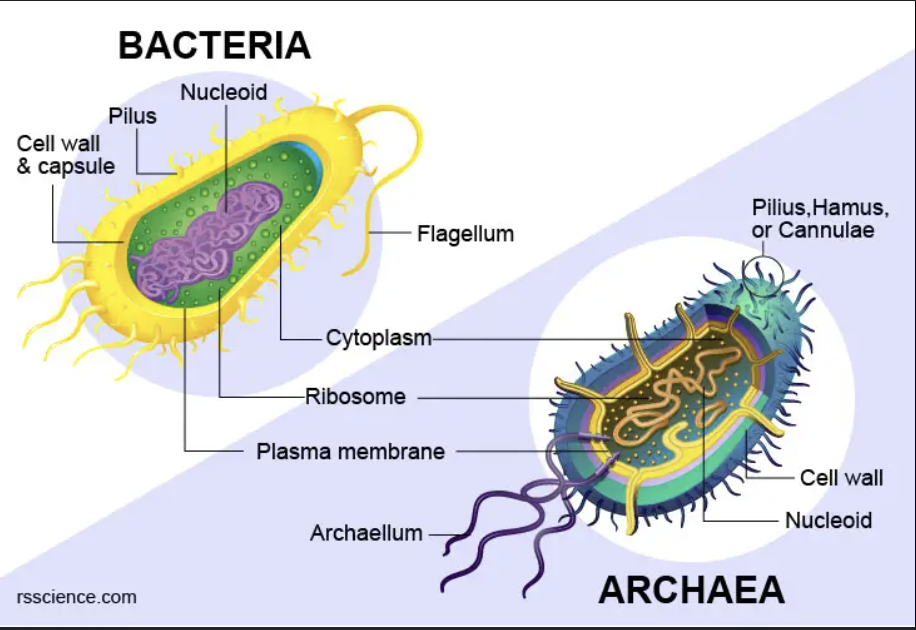
Prokaryotes
single-celled organisms lacking a nucleus and other membrane-bound organelles
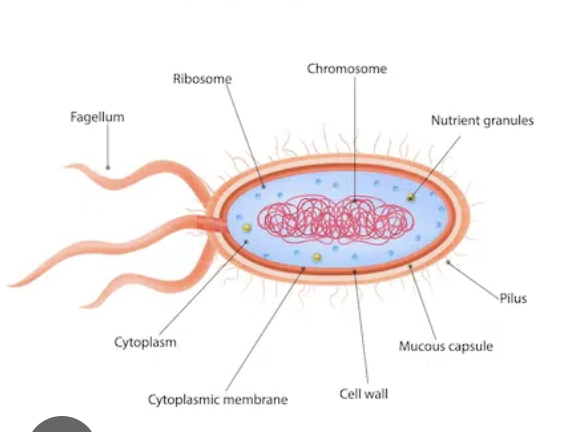
Eukaryotes
are more complex, larger, and contain a nucleus and other organelles.

Microbiome
community of microbes that naturally inhabit particular areas and encompass all the genetic material contained within in
The largest bacteria is almost as big as a fruit fly?
True
How are bacterias different from viruses?
Bacteria are living cells with their own cellular machinery, while viruses are not living and require a host cell to reproduce
How do viruses reproduce?
Must infect a host cell and use its resources to create new viral particles. This process involves several steps: attachment, penetration, uncoating, replication, assembly, and release
Microbes
are living organisms that are invisible to the naked eye, for example, bacteria, fungi, viruses, algae, archea, …etc
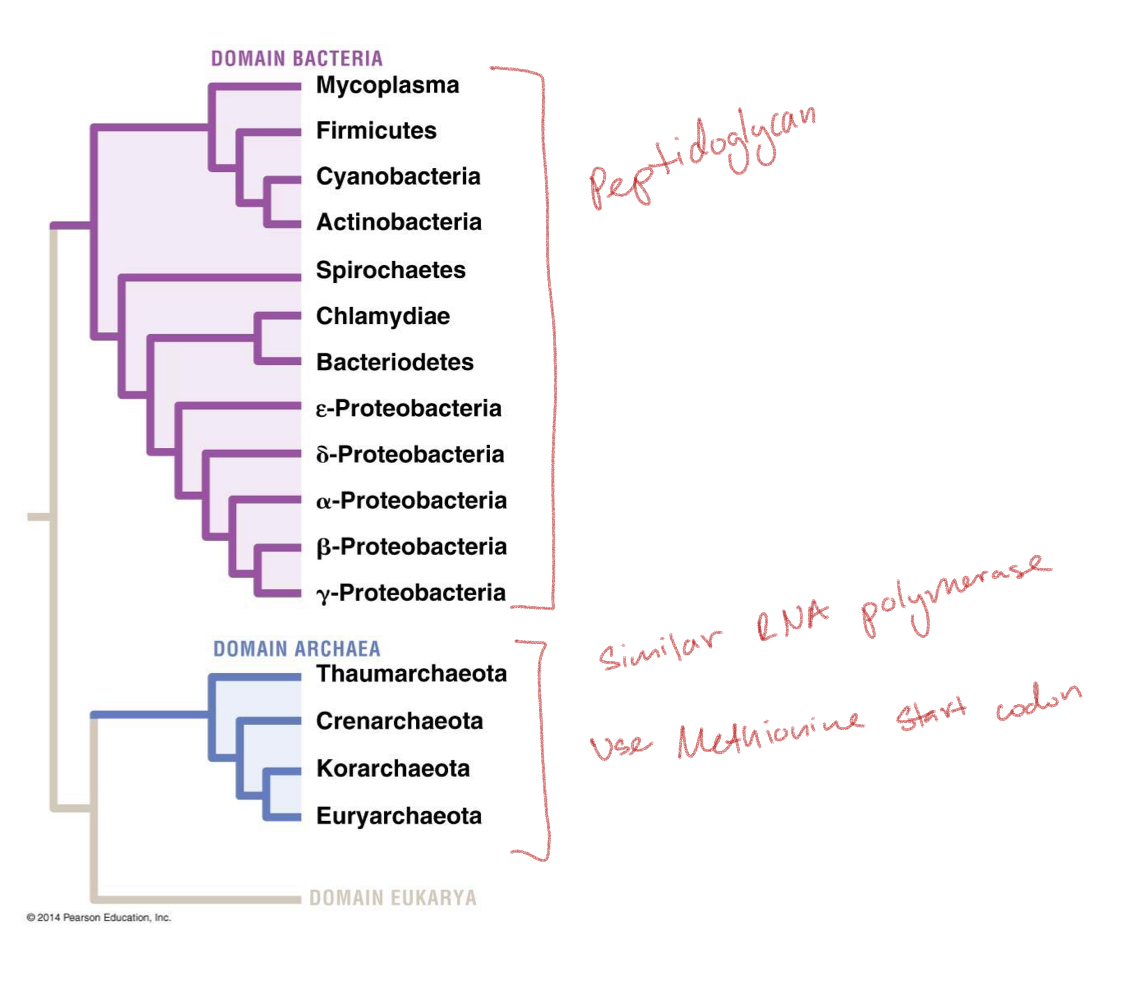
autotrophs
organisms that produce their own food from inorganic substances
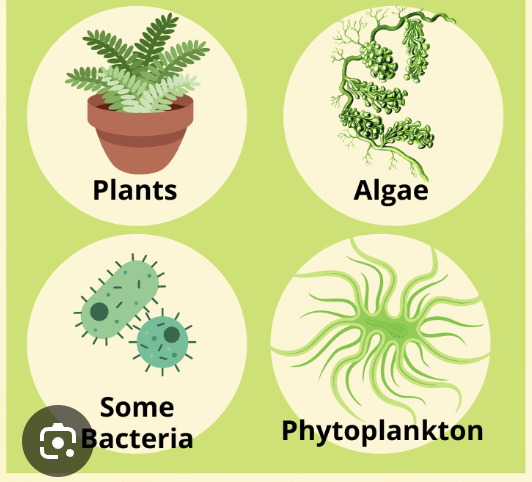
heterotrophs
obtain energy by consuming other organisms.
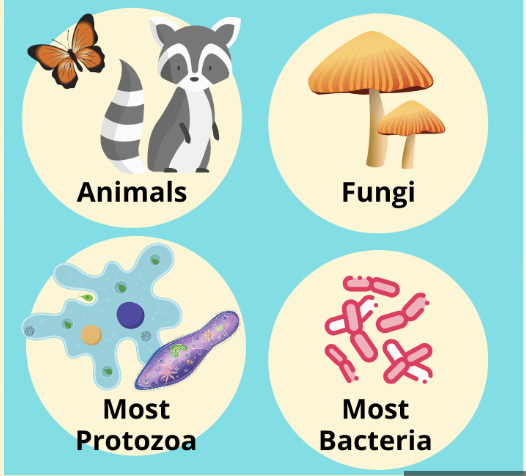
Six feeding strategies of bacreria and archaea to make ATP
Photoautotropes, Chemoorganoautotroph, chemolithoautotrophs, photoheterotraophs, Chemooganheterotrophs, Chemolithotrophic heterotrophs
Photoautotrophs
specific type of phototroph that also utilize carbon dioxide as their sole carbon source to produce organic compounds through photosynthesis.
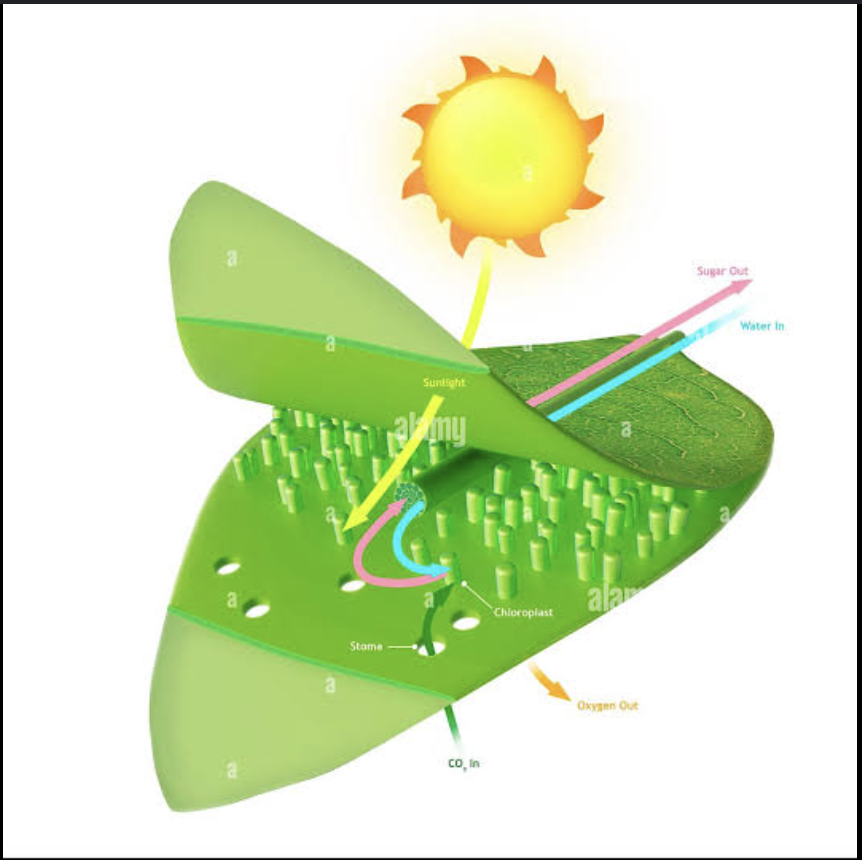
Chemotrophs
an organism that obtains energy by the oxidation of electron donors in their environments. (uses photons OPPOSITE of photoautotropes)
organic (chemoorganotrophs)
inorganic (chemolithotrophs)
Chemoorganoautotroph
use organic compounds as an energy source
chemolithoautotrophs
an autotrophic microorganism that obtains energy by oxidizing inorganic compounds, or utilize inorganic compounds
Photoheterotrophs
utilize light energy
Chemoheterotrophs
get their energy from breaking down organic molecules
chemolithotrophic heterotrophs
organisms that obtain energy by oxidizing inorganic compounds (like chemolithotrophs) but require organic carbon sources for growth (like heterotrophs)
Bacterica vs Archea distinguishing factors
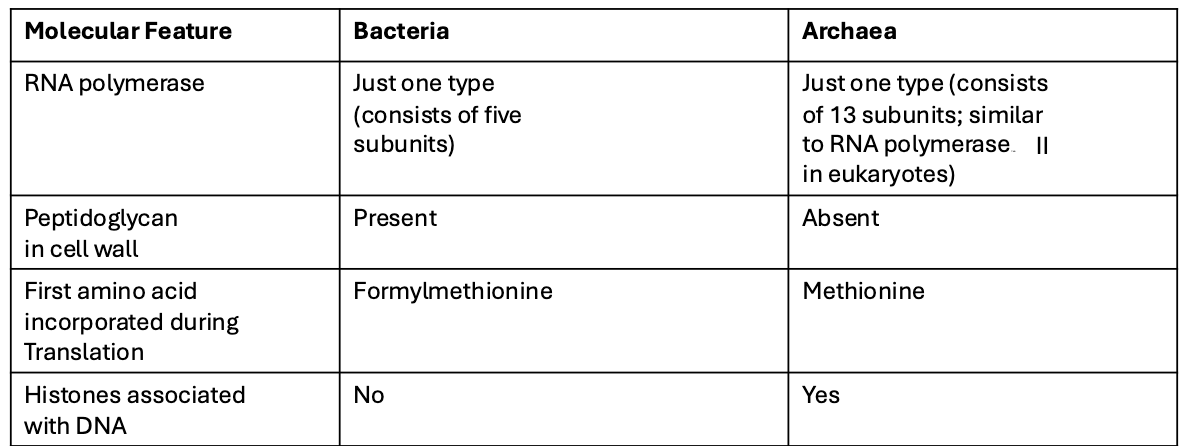
Gram-Positive Cell Wall
cells looks purple under microscope, and have an extensive amount (a lot) of carbohydrate peptidoglycan
Gram-Negative Cell Wall
cells look pink, and the cell wall has a thin layer containing peptidoglycan and outer phospholipid bilayer
Gram Stain
Dyeing system to examine cell walls
Koch Postulates
a set of four criteria used to establish a causal relationship between a microorganism and a disease
Microbe present in individuals suffering from disease and absent from healthy individuals
microbe must be isolated and grown in pure culture away from host
if organisms from pure culture are injected into healthy experimental animal, disease symptoms appear.
Organisms isolated from diseased experimental animal, again grown in pure culture, and demonstrated to be the same as the original organism
How do we know if a bacteria causes disease?
Kochs Postulates
Isolate
Culture
Give to healthy animal
Does it have a disease
Genetic Variation through Gene Transfer
Transformation and Transduction
Transformation (Horizontal gene transfer)
When bacteria or archaea naturally takes up DNA from the environment that has been released by cell lysis or secreted
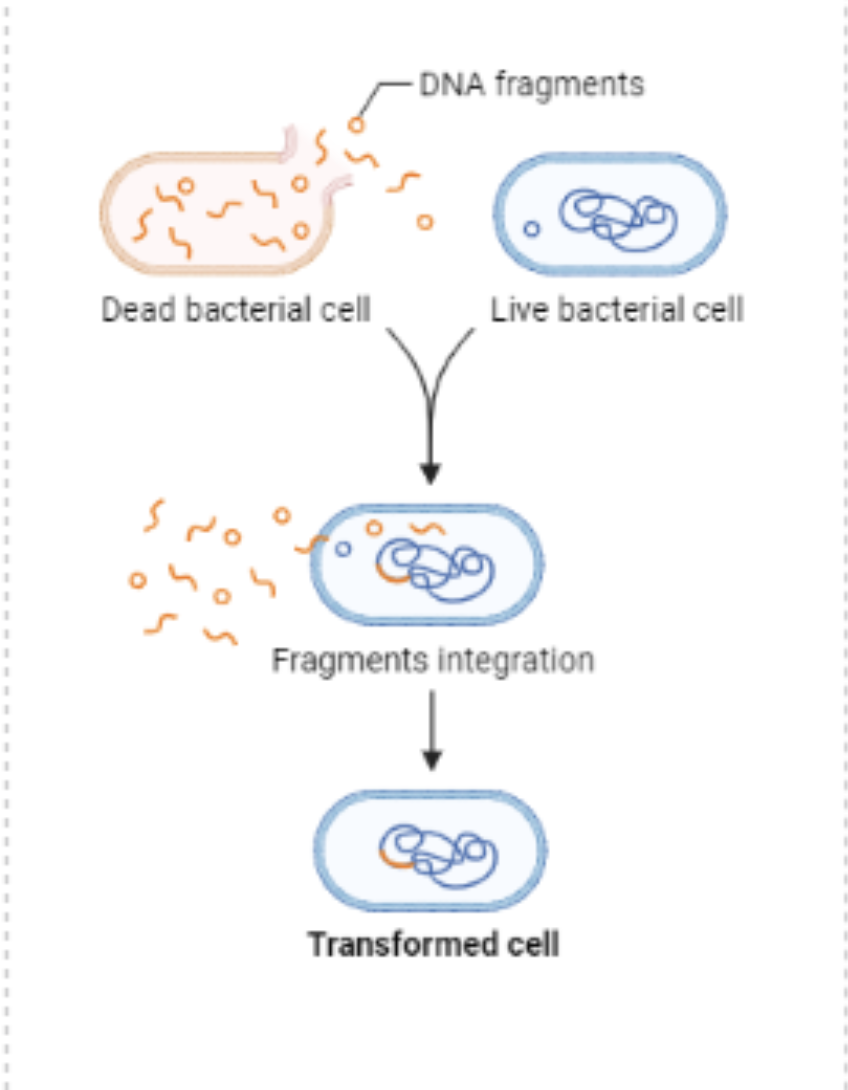
Transduction (Horizontal gene transfer)
When viruses pick up DNA from on prokaryotic cell and transfer it to another cell
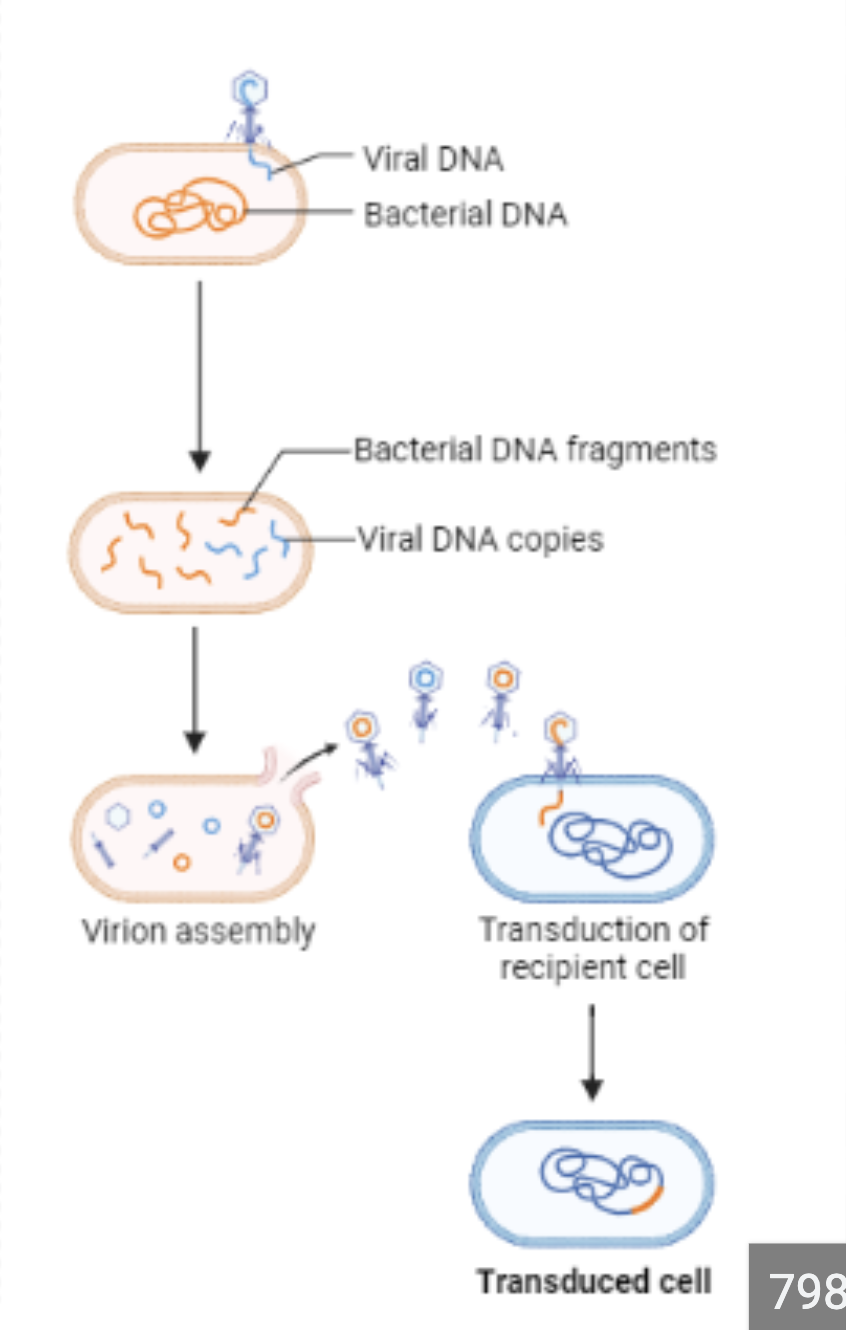
Conjunction (Horizontal Gene transfer)
When genetic information is transferred by direct cell to cell contact

Antibiotics
Molecules that kill bacteria
Produced naturally from soil bacteria and fungi
Biofilms
are bacterial colonies enmeshed in polysaccharied-rich matrix that shield bacteria from antibodies
Metabolic Diversity
Must acquire chemical energy that is used to make ATP, and obtain carbon compounds that can serve as building blocks for synthesis of cellular components
Light (source of energy)
Sun
Organic Molecules (source of energy)
carbohydrates, proteins, and lipids, store energy in their chemical bonds and release it during cellular respiration to fuel various cellular processes.
Inorganic Molecules (source of energy)
Chemotrophs, can utilize inorganic molecules as a source of energy. Compounds like hydrogen sulfide, ammonia, or iron.
Aerobic respiration
O2 is the final e- acceptor
Anaerobic respiration
O2 is NOT the e- acceptor
Fermentation
No electron transport, no e- acceptor
Phototrophs
light used to excite electrons: ATP made by photophosphorylation